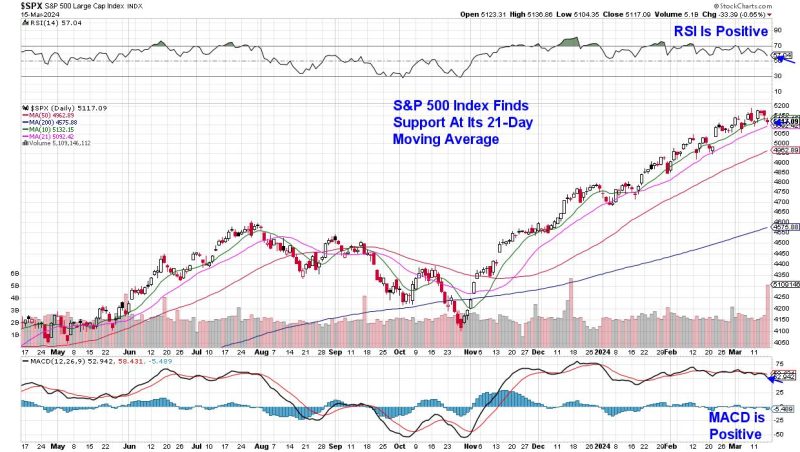Bullish Gap-Down Reversals: A Lucrative Strategy for Traders
Understanding market dynamics and being able to interpret price action is crucial for successful trading in the stock market. One interesting phenomenon that traders can take advantage of is the bullish gap-down reversal. This strategy involves identifying a stock that opens significantly lower than the previous day’s close but then reverses its downward trend to close higher by the end of the trading day. By understanding how to identify and profit from this reversal pattern, traders can potentially capitalize on market inefficiencies and generate attractive returns.
Identification of Bullish Gap-Down Reversals
The first step in profiting from bullish gap-down reversals is to effectively identify them in real-time. Traders should look for stocks that experience a gap-down at the opening bell, meaning the opening price is noticeably lower than the previous day’s closing price. This gap-down indicates a negative sentiment among market participants, potentially triggering panic selling or profit-taking.
However, a bullish gap-down reversal occurs when the stock, after the initial gap-down, starts to reverse its downward momentum and rallies higher throughout the trading day. This reversal is a significant shift in sentiment, as buyers step in to push the stock price back up. Traders can look for key technical indicators such as increased volume, bullish candlestick patterns, or a breach of the previous day’s high as confirmation of the reversal.
Entry and Exit Strategies
Once a trader identifies a stock exhibiting a bullish gap-down reversal, they can formulate entry and exit strategies to maximize profits and manage risks effectively. Traders may consider entering the trade once the stock breaks above the high of the gap-down day, indicating a shift in momentum towards the upside.
To manage risk, traders can set a stop-loss order below the low of the reversal day to protect against unforeseen market fluctuations. Additionally, traders can set profit targets based on key support and resistance levels or use trailing stop orders to lock in profits as the stock continues to trend higher.
Risk Management and Trade Psychology
As with any trading strategy, risk management is paramount to long-term success. Traders should never risk more than a predetermined percentage of their trading capital on any single trade to prevent significant losses. Moreover, maintaining discipline and emotional control is crucial when executing the bullish gap-down reversal strategy, as impulsive decisions can lead to detrimental outcomes.
Traders should also keep in mind that not all gap-down reversals will result in profitable trades. It is essential to conduct thorough technical and fundamental analysis to gauge the likelihood of a successful reversal before committing capital. By adhering to a strict risk management plan and maintaining a disciplined approach, traders can increase their probability of profiting from bullish gap-down reversals while minimizing potential losses.
In conclusion, the bullish gap-down reversal strategy offers traders a unique opportunity to capitalize on market inefficiencies and profit from shifts in sentiment. By effectively identifying reversal patterns, implementing sound entry and exit strategies, and prioritizing risk management and trade psychology, traders can potentially achieve consistent profitability in the stock market.
